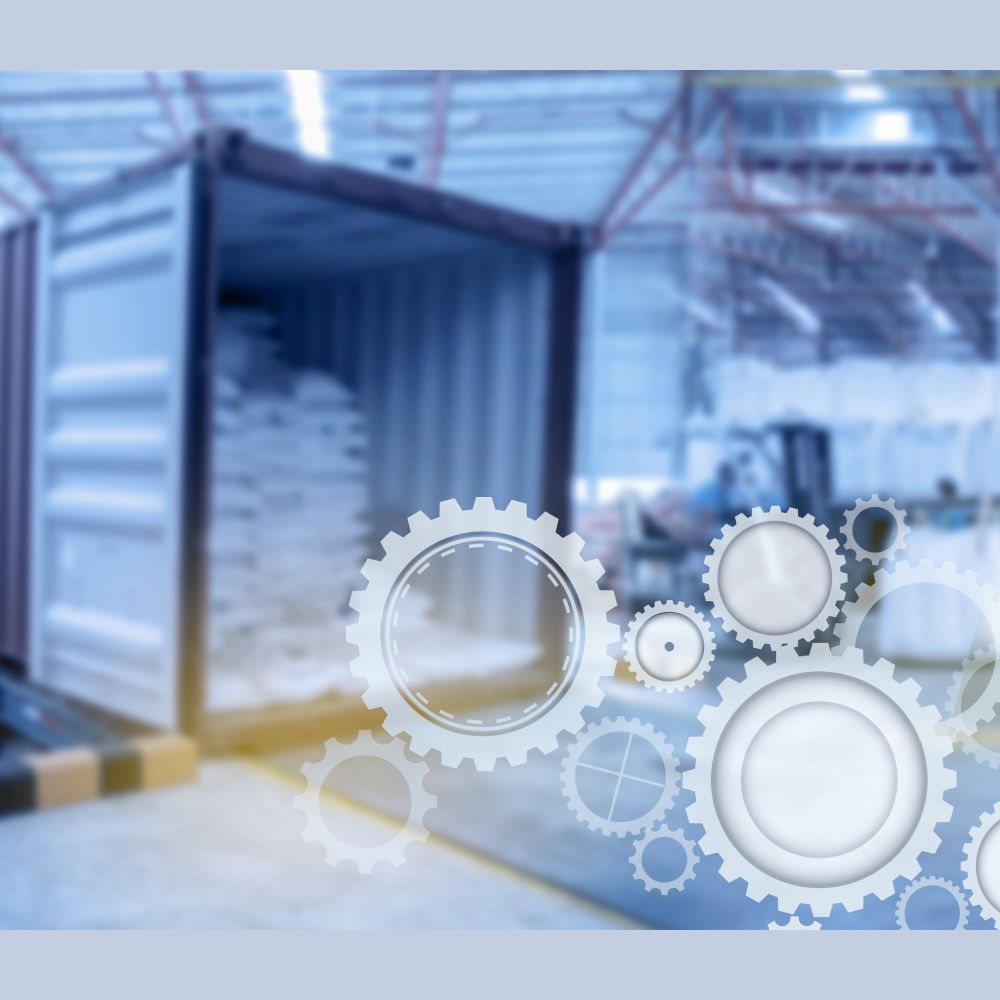An Activant Capital research aptly stated that a TMS is a mission-critical, system-of-record workflow software that drives revenues and manages expenses in a logistics industry that can be cyclical, competitive, and low-margin. Ultimately the promise of a TMS – its stated value proposition – is to optimize a business’ transportation operations.
Through centralized planning and data, and improved execution and tracking, an effective TMS can provide clear visibility and analysis of freight shipments. Thisleads to fewer disruptions and delays, better use of resources, and improved profitability.
It’s of little surprise that the TMS market is large and growing, with analysts projecting 15% to 19% annual growth through the rest of the decade to reach a market size of between $31B to $45B globally, projects the research. TMS adoption is also high. According to recent industry surveys, 90% of carriers with more than 20 trucks and 68% of brokers use a TMS. Overall, 61% of logistics professionals, irrespective of firm size, use some form of TMS today, vs. 15% in 2005.
According to Precedence Research, the globalization of supply chains has surged the demand for transportation management systems (TMS) as businesses expand their operations across borders. TMS solutions have become essential for efficiently coordinating the movement of goods internationally. These systems offer advanced features like cross-border compliance, optimized routing, and real time tracking, addressing the complexities of global logistics. As companies seek to streamline their supply chain operations and ensure timely deliveries across diverse geographic regions, the TMS market experiences increased demand, making it a critical tool for managing globalized supply chains effectively.
Moreover, the imperative need for data security and efficiency has significantly boosted the demand for transportation management systems (TMS). With the rising volume of sensitive transportation data, businesses are turning to TMS solutions to centralize and secure information while improving operational efficiency. TMS platforms offer robust data security measures and streamlined processes, ensuring the protection of valuable data assets, and reducing the risk of breaches. This heightened focus on data security and efficiency has become a key driver in the growing adoption of TMS systems across various industries.
MODES HOLDING THE MAJOR MARKETSHARE
Based on the mode of transportation, the roadways segment is anticipated to hold the largest market share of 39% in 2022. Roadways are a critical mode of transportation. In the transportation management systems market, the focus on roadways involves optimizing the management of trucking and shipping operations. Recent trends include increased adoption of TMS for last mile delivery, route optimization, and real-time tracking, driven by the rise of e-commerce and the need for efficient, cost-effective transportation on road networks. Additionally, the integration of AI and IoT technologies into TMS solutions is enhancing decision-making and visibility, further enhancing the efficiency of road transportation logistics.
On the other hand, the waterways segment is projected to grow at the fastest rate over the projected period. Waterways, including rivers and oceans, are vital modes of transportation for cargo worldwide. In the transportation management systems market, a growing trend is the integration of TMS solutions with maritime logistics. These systems enhance efficiency in managing container shipping, port operations, and inland waterway transport. Realtime tracking, route optimization, and compliance management are becoming essential features in TMS to cater to the evolving needs of businesses relying on waterborne transportation.
AI AND IOT INTEGRATION AND COLLABORATIVE LOGISTICS
The integration of artificial intelligence (AI) and the Internet of Things (IoT) advancements significantly enhances transportation efficiency, making AI powered TMS solutions a sought-after asset in optimizing logistics operations and meeting the growing need for precision and agility in the industry. IoT devices, such as sensors on vehicles and goods, provide valuable real-time data for TMS platforms to optimize routing and scheduling. This synergy improves overall logistics performance, reduces costs, and meets the growing demand for agile and data-driven transportation solutions, thus spurring the adoption of TMS in the market.
Moreover, Collaborative logistics initiatives are surging the market demand for TMS. TMS platforms enable seamless collaboration between various supply chain stakeholders, including shippers, carriers, and distributors. By providing real-time visibility and data-sharing capabilities, TMS fosters coordination and efficiency, reducing transportation costs and enhancing service levels. This collaborative approach aligns with the industry's need for end-to-end solutions and improved supply chain visibility, thereby driving greater adoption of TMS systems as businesses seek to optimize their logistics operations and strengthen their partnerships within the supply chain ecosystem.
In fact, Mordor Intelligence research also substantiated that industry landscapes are evolving rapidly primarily due to the wide adoption of artificial intelligence (AI), which includes computer vision and machine learning (ML) technology. The adoption of AI solutions and services is anticipated to be augmented by the need to achieve robotic autonomy to remain competitive in a global market. The market for artificial intelligence is expanding across the globe as a result of the growth of data-based AI and advancements in deep learning.
The growing trend of multi-cloud functionality and the expanding demand for cloud-based intelligence services are boosting the market's overall growth. Modern AI tools add new and increased value to cloud computing. This factor is essential for incorporating new technologies within the sector, improving process viability overall. AI software also helps close the technological gap between modern breakthroughs and cloud computing.
Consequently, since the AI cloud facilitates the convergence of two technologies, AI software and hardware, cloud computing and artificial intelligence are well combined in an AI cloud hybrid system. It helps to create a cloud environment similar to the human brain. Hence, the businesses functioning in the market are widely adopting and using AI through the cloud delivery of AI software-as-a-service., enabling them to utilize AI capabilities.
LIMITATIONS AND PAIN POINTS
Over the years, the legacy TMS options have not been able to keep up with the needs of their customers. Incumbent solutions are challenging to use, limited in features, expensive, and slow. Their UI/UX is dated and feels ‘Web 1.0’. Implementation times and ramp-up periods are long and cumbersome.
As the supply chain grows ever more complex, customers have asked for greater functionality – such as procuring freight capacity, offering real-time visibility, extending into the warehouse, and handling multiple transportation modalities. However, TMS vendors have been unable to follow through, and meaningful gaps have emerged in their solutions. According to a recent survey, only 60% of current TMS providers offer procurement & sourcing, only 50% offer warehouse management capabilities, and visibility solutions remain surprisingly simplistic, a lot of ‘dots on a map’, as do post-shipment reporting and analytics, according to Activant research analysis.
In addition, the incumbents have not served the mid-market or smaller customers well. They have yet to fully adapt their offerings for the cloud in order to lower the upfront investment to smaller customers. High fees, long deployments, slow product development, and poor customer support have inhibited adoption.
THE RISE OF THE NEXT GENERATION
Beyond the shortcomings of the existing solutions, the transportation management system market’s expansion is expected to be driven by the expansion of e-commerce and the high investment return on transportation management systems. The increase in trade between developed and emerging economies has led to an increase in demand for this segment. Both the number of imports and exports has gone up. The increasing number of factories in India and Mexico has led to an increase in the demand for raw materials. Transportation management systems need to be both creative and effective because these raw materials need to come from different places.

Categories

Magazine Editions






















